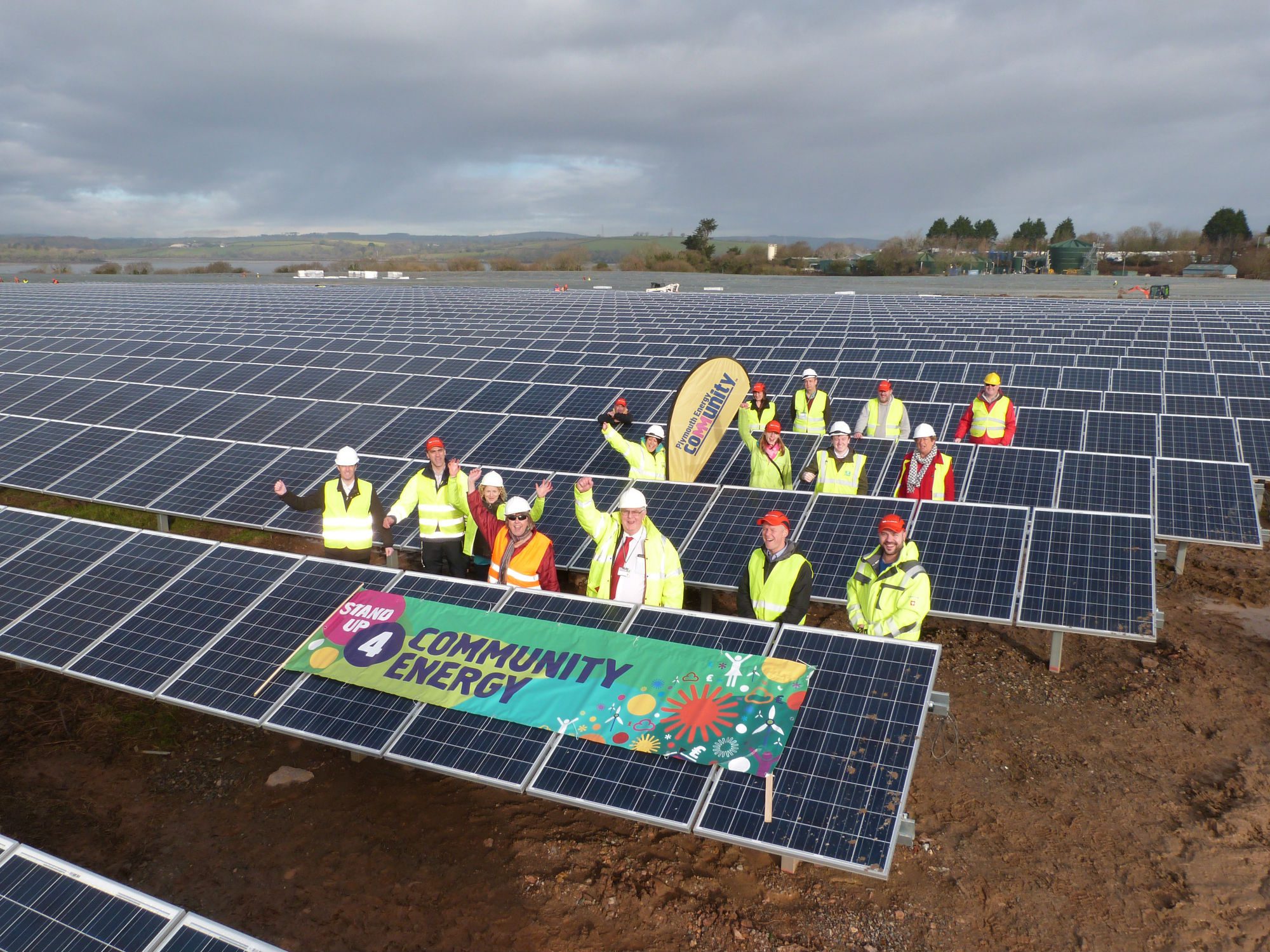by Colin Nolden, Community Energy South Director
Community energy in the UK is undergoing rapid change. With government underwritten feed-in tariffs (FITs) coming to an end in April 2019, the dominant current business model, relying on FITs as a source of revenue, is no longer viable. New business models need to derive sufficient revenue from the sale of energy through Power Purchase Agreement (PPA) contracts for project sustainability.
The reliance on long term, usually 20-year PPA contracts, is challenging for both community energy groups and potential clients. Few organisations work with a planning horizon that exceeds 5 years. Even the public sector, which naturally lends itself to long-term contracts, may have reservations about entering such PPA contracts. Examples from schools point towards the difficulty of honouring these contracts because some decisions, for example to renovate or rebuild a school building which involves alteration of roof area designated for solar PV systems, might be taken by a different authority to one which signs the contract.
The need for technical, legal, financial and administrative expertise to engage with this complexity and uncertainty increases the transaction costs of negotiating PPA contracts. The higher the transaction costs, the lower the viability of PPA contracts. In the language of Transaction Cost Economics (TCE), transaction costs comprise search costs (for community energy groups to find a suitable client), bargaining costs (for negotiating legally-compliant PPA contracts), and opportunism costs (arising out of information asymmetry between client and community energy group).
Community energy framework agreements (CEFAs) might help overcome these challenges. Similar to procurement frameworks for energy service contracts, CEFAs combine a legal framework as part of the PPA contract with an organisation acting as an intermediary between community energy groups and clients. Through networking and promotional activities, access to funding sources, potential clients and relevant expertise is increased. Community Energy South (CES) is developing CEFAs to help its members sustain their commitment to developing community energy projects.
As an umbrella organisation and regional hub, CES already acts as an intermediary facilitating the interlinking of its member groups (community energy developers) with clients to develop financially viable PPA contract business cases post FIT. Within a CEFA, CES takes on the role of a programme manager while individual community energy groups act as project managers. CEFAs allow member groups to develop projects directly with a client or with the client providing space for community energy projects.
One example of an emerging CEFA is CES’ involvement in the Renewable Traction Project along with 10:10 and Imperial College London. This project makes use of the fact that solar PV supplies electricity as direct current using a similar voltage to the Southern rail network of 750V DC. Connecting community solar PV projects directly to the electrified rail network will open many sites for development without the need to connect to the electricity grid, especially given access issues due to grid constraints.
Network Rail represents an ideal partner with the energy demand which allows it to purchase all the electricity from appropriate solar PV developments, potentially in combination with batteries to match high demand during commuting hours with stored energy. Negotiating PPA contracts with other clients might not benefit from such fortunate circumstances as such contracts are currently only relevant to clients with high daytime energy use and a 20–year planning horizon.
Other potential partners for CEFAs include water and gas companies. These organisations tend to have many sites in rural locations with continuous energy demand. Electric mobility service providers may also emerge as potential partners. Vehicle battery charging or changing points at service stations, for example, are likely to increase electricity demand. A share of this demand may be covered by community energy projects and CEFAs can help reduce the transaction costs between the different actors.
The role of distributed ledger technologies such as blockchain promise some interesting developments both in relation to peer-to-peer (P2P) trading and vehicle-to-grid (V2G) connections for electric mobility. Community energy is well placed to benefit from such innovations given the distributed nature of these technologies and sector as such.
These examples indicate the emergence of an energy-mobility-water-ICT nexus with community energy and CEFAs in particular at the forefront of innovation.
 Colin is a Vice Chancellor’s Fellow at the University of Bristol Law School.
Colin is a Vice Chancellor’s Fellow at the University of Bristol Law School.
He currently researches the governance of distributed ledger technologies and blockchain for energy and climate services in the context of sustainable city business models.

